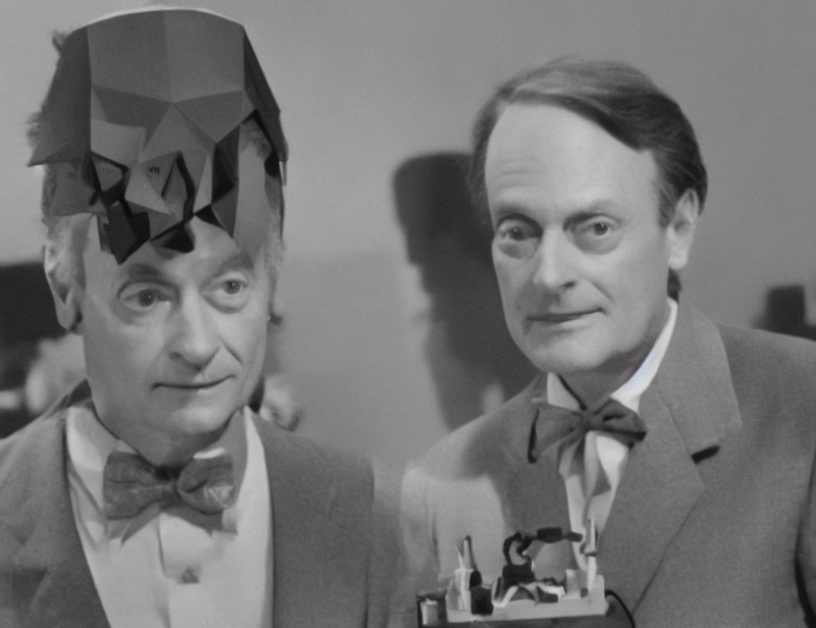Richard Feynman was a physicist who lived in the 20th century and made significant contributions to various fields, including particle physics, astronomy, and engineering. He is known for his unique approach to learning and problem-solving, which involved combining experimentation with creativity and ingenuity.
In the field of particle physics, Feynman developed a new way of thinking about the behavior of subatomic particles called "sums over histories." This allowed him to simplify complex calculations and make predictions that were later confirmed by experiments. He also created a series of diagrams known as Feynman diagrams, which have become a fundamental tool in particle physics.
Feynman was not just a theorist; he was also an experimenter. He believed that experiments were essential to understanding the natural world and often performed simple experiments himself to test his theories. His approach to science was unconventional but effective, and it earned him a reputation as a genius.
Feynman’s work was not limited to physics. He was interested in other fields such as astronomy and engineering, and he made significant contributions in these areas as well. He even developed a new method for predicting the motion of celestial bodies, which was later used by astronomers.
Throughout his career, Feynman collaborated with other scientists, including his sister Joan and Cécile Morette. He also received encouragement from his colleagues, such as Freeman Dyson, who praised his creativity and ingenuity.
Feynman’s legacy continues to inspire scientists today. His approach to science, which combines experimentation with creativity and ingenuity, has become a model for many researchers. Despite his unconventional methods, Feynman was able to make groundbreaking discoveries that have changed our understanding of the natural world.
History and Philosophy of Physics, Physics
Feynman’s Genius: Uncovering the Mind of a Quantum Theorist



